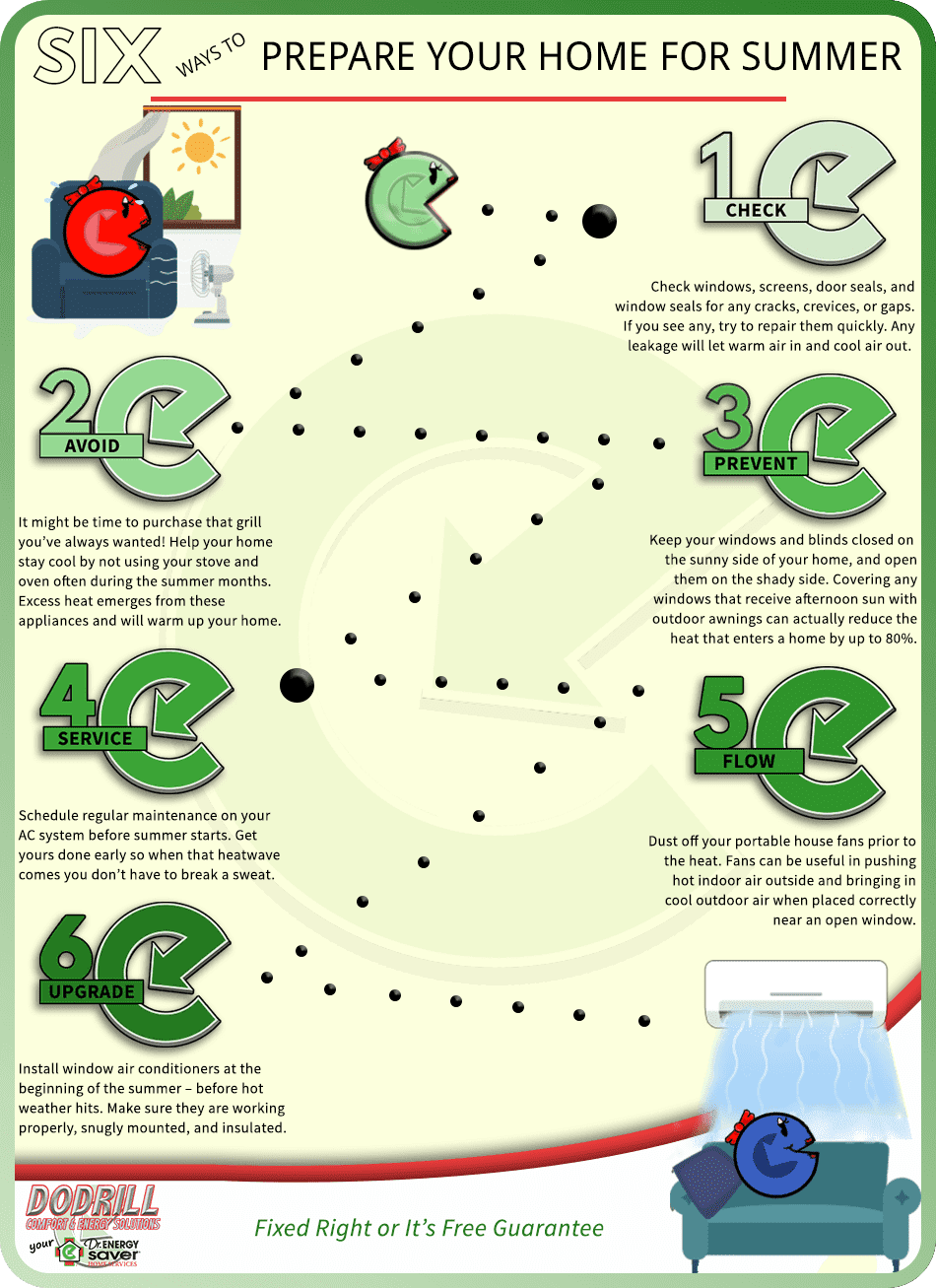Ideal Pressure Washing Strategies For Different Sorts Of Surface Areas
Ideal Pressure Washing Strategies For Different Sorts Of Surface Areas
Blog Article
Composed By-Hyde Markussen
When it comes to pressure washing, the technique you select can make all the difference in attaining a tidy, streak-free surface. You may find that tough surface areas, like concrete, require a various strategy than softer materials, such as wood or plastic. It's vital to adjust your techniques to the surface type to stop damages while taking full advantage of cleansing performance. So, what are the best techniques for each surface area, and how can you ensure you're making use of the ideal settings and tools for the job? Allow's explore what you require to know to obtain the most effective outcomes.
Difficult Surface areas
When it concerns pressure cleaning difficult surfaces, prep work is key. Before https://chancehntxd.eedblog.com/32629380/prepare-to-boost-your-window-cleansing-capabilities-with-specialist-techniques-and-insights-that-will-amaze-you-pertaining-to-the-quality-your-home-windows-can-accomplish think about pulling out the stress washer, put in the time to remove the location of any debris, furnishings, or obstacles. You don't want anything entering your way or possibly destructive your devices.
Next off, inspect https://elliotyejpu.ourcodeblog.com/32700388/seasonal-stress-washing-when-to-tidy-your-exteriors-and-the-significance-of-doing-so for any kind of fractures or damage; this will certainly help you figure out the appropriate method and pressure setups.
When you have actually prepared the location, it's necessary to pick the right nozzle. For difficult surfaces like concrete or brick, a narrow nozzle (15 or 25 degrees) functions best to offer a focused stream of water that can properly get rid of gunk and stains. Always begin at a distance and gradually move better to stay clear of any surface damages.
As Visit Webpage start washing, keep the wand moving to avoid touches and over-saturation. It's likewise helpful to function from the top down, permitting dirt and debris to get rid of normally.
Finally, remember to rinse the surface completely after cleaning to remove any type of leftover cleaning agent. With these techniques, you'll attain a clean and renewed appearance on all your hard surface areas.
Soft Surfaces
Stress cleaning soft surfaces requires a gentler method to safeguard them from damage. Whether you're cleansing your deck, outdoor patio furniture, or house siding, utilizing way too much pressure can result in damages, scrapes, or perhaps irreparable injury.
Begin by picking a low-pressure nozzle, preferably a 25-degree or broader spray pattern, to distribute the water more delicately.
Prior to you start, it's crucial to pre-treat any type of discolorations with a suitable cleaning remedy. This step permits the cleaner to pass through the dust and gunk, making it easier to wash away without scrubbing as well hard.
Constantly use the solution from the bottom up to avoid streaking.
When you start stress washing, preserve a distance of at least 12 to 18 inches from the surface area. Move your wand in a sweeping motion, maintaining it parallel to the surface area to prevent focused pressure on one place.
Rinse the area thoroughly after cleaning up to eliminate any type of recurring cleaner.
Last but not least, evaluate the surface area for any kind of missed areas and repeat the process if required. By complying with these steps, you can successfully tidy soft surfaces while preserving their honesty and appearance.
Specialized Surfaces
Cleansing soft surfaces requires treatment, however specialty surfaces demand much more attention to information. When you deal with these surfaces, like fragile timber, stained concrete, or specific types of siding, utilizing the best pressure cleaning techniques is essential to stay clear of damages.
First, assess the material. For instance, dealt with wood can usually withstand modest stress, however softer woods like cedar may require a reduced setup. Constantly begin with the lowest stress and progressively enhance if necessary.
For tarnished concrete, make use of a follower spray nozzle and preserve a consistent distance to avoid etching the surface.
When handling surfaces like plastic exterior siding or painted surfaces, a wide spray pattern assists distribute the stress equally, protecting the finish.
It's additionally important to use detergents especially designed for specialty surfaces. They can improve cleansing without compromising the product.
Rinse extensively after washing to remove any residue, as it can cause discoloration or damage with time.
Conclusion
Finally, grasping stress cleaning techniques for various surface areas can make all the difference in your cleansing outcomes. For hard surface areas, stick to slim nozzles and a top-to-bottom technique, while soft surfaces require a gentler touch with larger nozzles. Don't neglect to pre-treat discolorations and rinse thoroughly to avoid residue. By adapting your methods per product, you'll not only accomplish a cleaner coating yet additionally shield the stability of your surface areas. Pleased cleaning!
